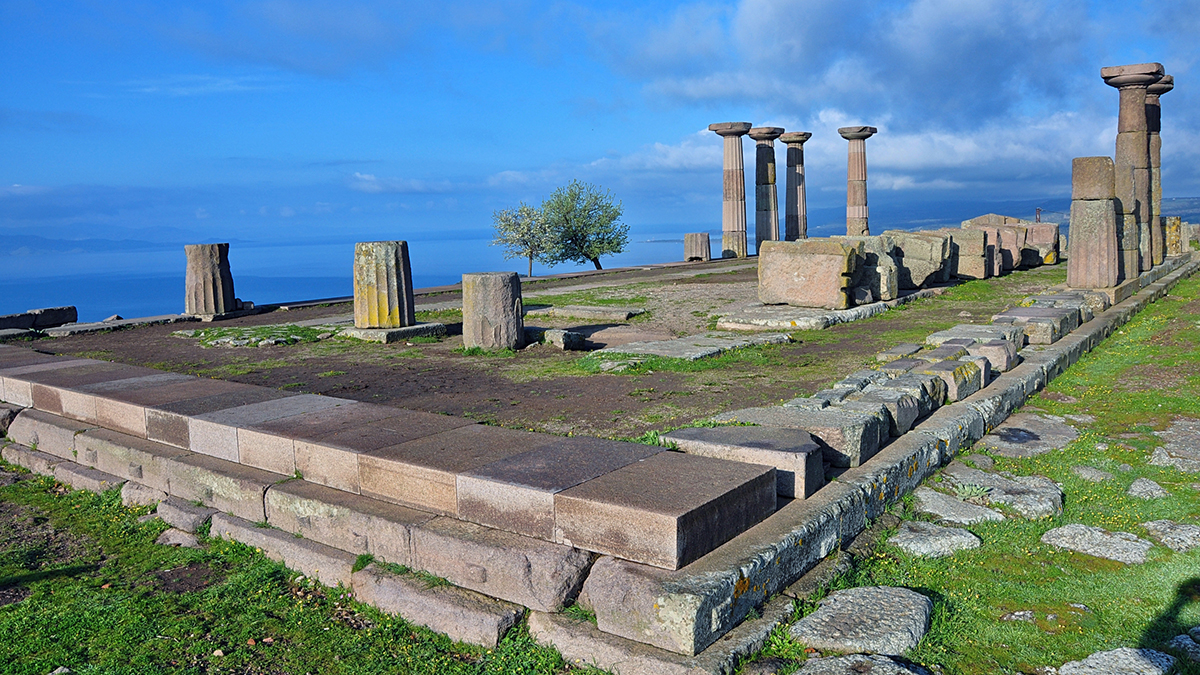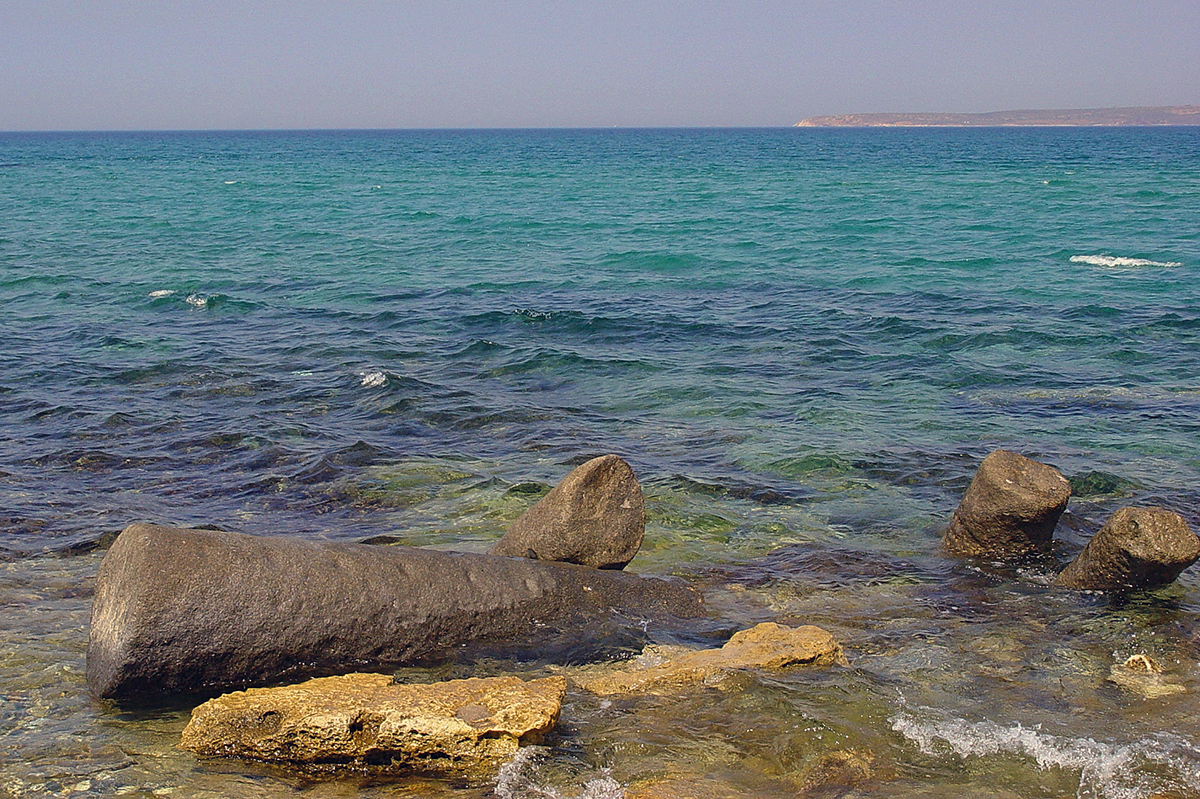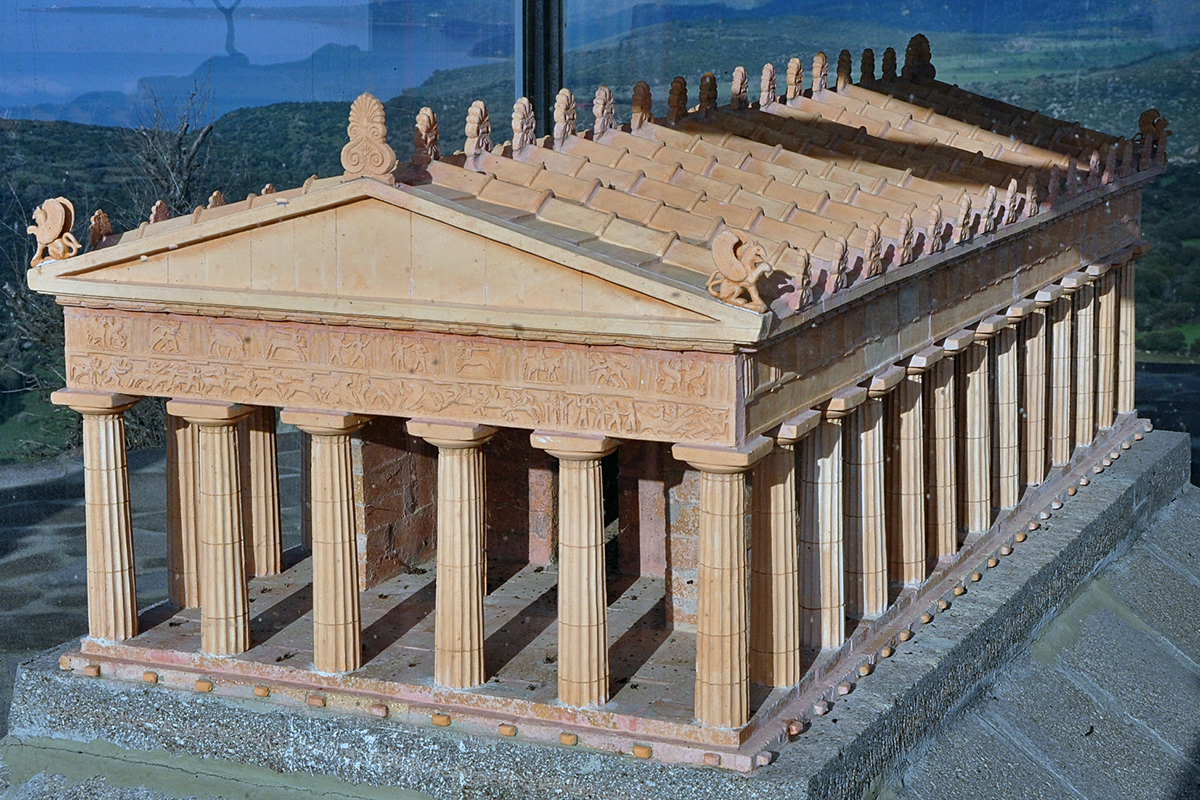by Leon Mauldin
Synopsis: After preaching all night, Paul went “on foot” from Troas to Assos while his companions sailed to meet him there (Acts 20:13, NIV). Our article gives the setting for the narrative.
In our present article, we wish to notice an incident in Paul’s travel on his return route on the Third Missionary Journey. Luke narrates the event:
Now when he [Paul] had come up, had broken bread and eaten, and talked a long while, even till daybreak, he departed. And they brought the young man [Eutychus] in alive, and they were not a little comforted. Then we went ahead to the ship and sailed to Assos, there intending to take Paul on board; for so he had given orders, intending himself to go on foot. And when he met us at Assos, we took him on board and came to Mitylene (Acts 20:11-14, NKJV).
While Acts 20:7 records that at Troas, Paul “continued his message until midnight,” the context indicates that he continued his discourse (i.e., from the Greek, homileō) even till daybreak. In other words, Paul preached all night long! The ship, with Luke and seven other traveling companions (v. 4) sailed on to the next stop— Assos. Paul purposefully by himself traveled overland, and then rejoined his traveling companions on the ship at Assos. The overland route was thirty-one miles!
Luke does not supply the reason Paul left the group and traveled overland to Assos. However, in the context of this event, Paul made a statement that may be helpful: “See, now I go bound in the spirit to Jerusalem, not knowing the things that will happen to me there, except that the Holy Spirit testifies in every city, saying that chains and tribulations await me” (Acts 20:22-23). Though not knowing the details, Paul knew that his freedom would soon be taken away, that he was about to enter a period of confinement/imprisonment once he arrived at Jerusalem. On the ship, there would be little if any opportunity to be alone. It would seem that those miles on his walk from Troas to Assos furnished time for deep thought and prayer. Certainly, it would be the final such opportunity before he became “Paul, the Prisoner” (from the point of his arrest in Jerusalem [Acts 21:26ff] until Luke’s account concludes [Acts 28:30-31], Paul will be a prisoner in chains).
In addressing this episode of Paul’s walk to Assos, brother J. W. McGarvey wrote, “Paul had received in every city on his journey prophetic warnings of bonds and imprisonment awaiting him (v. 23); he was agitated by the critical state of the churches everywhere; he was saddened by the final farewells which he was giving to the churches on his way; and he longed for a season of meditation and prayer which could be found only in solitude” (McGarvey 1892, 183). Truly, I stand amazed at his stamina, as well as his devotion!
Craig Keener writes, “The temple of Athena in Assos may have been six centuries old by Paul’s day. The city also hosted the imperial cult” (Keener 2014, 2982). Of course, this serves as a reminder that idolatry was thoroughly pervasive in the biblical world, as witnessed in both the Old and New Testaments. Idolatry was truly everywhere! The gospel entered the world in the first century to challenge idolatrous concepts, along with every false system (2 Cor. 10:4-5); to bring every thought into captivity to the obedience of Christ.
Today Assos is in a village called Behramkale, in the Turkish province of Çanakkale. Incidentally, the philosopher Aristotle lived at Assos from 348-345 BC.
The island of Lesbos lay opposite Assos. After taking Paul on board, their next stop was Lesbos, at Mitylene (Acts 20:14). From there, the journey continued until its conclusion in Jerusalem (21:17).


Image-1 Caption: Atop the acropolis (781 feet high) there are some well-preserved ruins of the temple of Athena built on the Doric order

Image-2 Caption: Columns from the harbor at Troas on the Aegean Sea in the area where the ship would have sailed for Assos

Image-3 Caption: On-site model of the Athena temple which could have been seen by sailors from miles away

